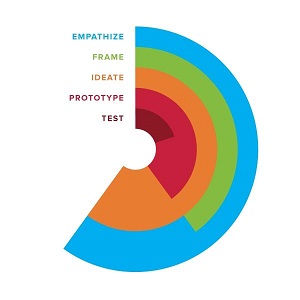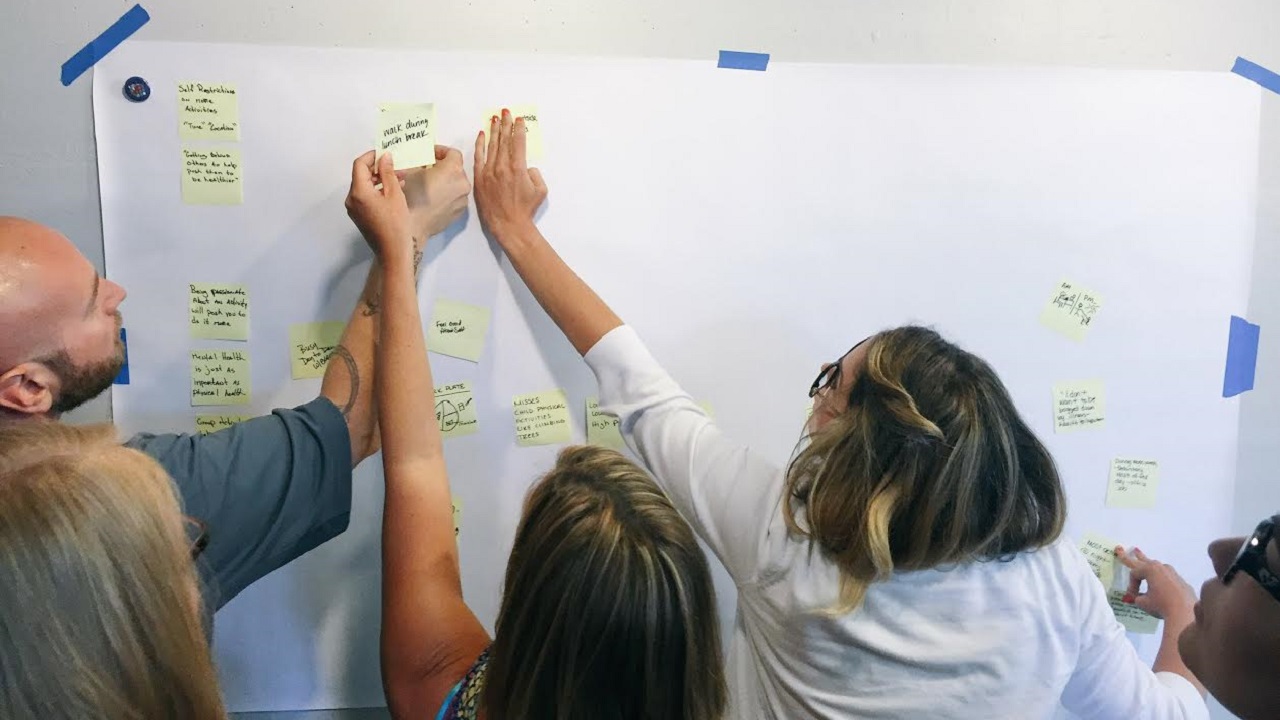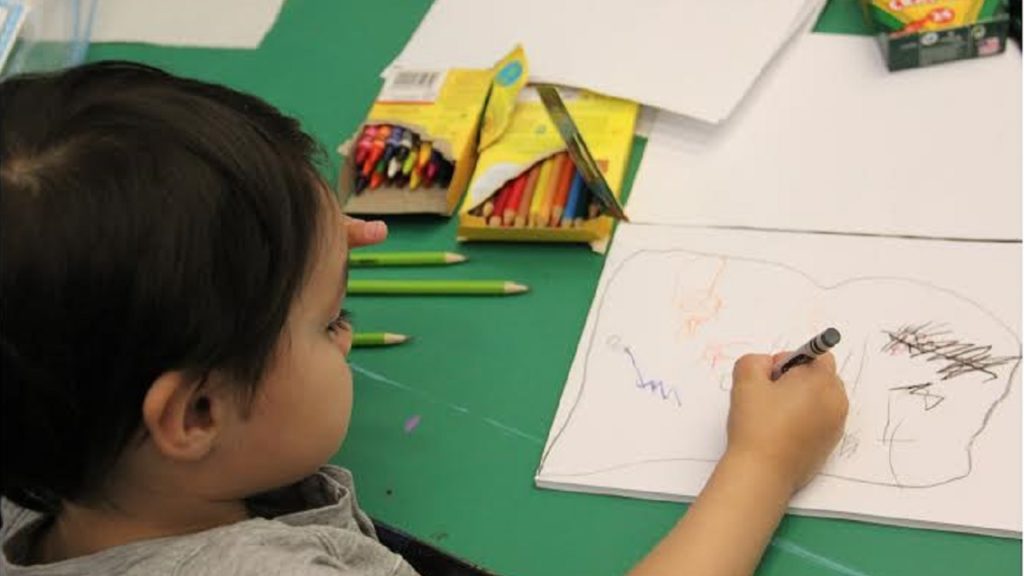 Special to the Philanthropy Journal
Special to the Philanthropy Journal
By Sara McGuyver
Does this sound familiar? Your organization attempts to solve one problem, only to realize it’s interconnected with many other community challenges. Various stakeholder groups have different needs or concerns, and it’s hard to make sense of them all. Resources are scarce, and you’re being asked to do more with less.
 Enter design thinking – a flexible process with many applications. Design thinking, or human-centered design, is a creative, iterative approach to problem-solving that places humans at the center of the process. It is often broken down into distinct steps or phases that look something like this:
Enter design thinking – a flexible process with many applications. Design thinking, or human-centered design, is a creative, iterative approach to problem-solving that places humans at the center of the process. It is often broken down into distinct steps or phases that look something like this:
 EMPATHIZE is all about tapping into the perspectives of the people you serve to get to the heart of the problem. Using qualitative research methods like interviewing or observing people in the environments you are solving for helps to ultimately inform more meaningful solutions.
EMPATHIZE is all about tapping into the perspectives of the people you serve to get to the heart of the problem. Using qualitative research methods like interviewing or observing people in the environments you are solving for helps to ultimately inform more meaningful solutions.
The purpose of the FRAME step is clearly defining the opportunity to get everyone solving from a point of shared understanding. Through your empathy research, you will have uncovered a ton of data. Framing is essentially sense-making – finding themes and patterns from what you’ve collected.
IDEATE is about exploring and thinking broadly about the challenge. The goal is to generate a wide range of potential solutions. Ideation often includes a combination of diverging and converging, or having people work independently, then together. In this way, people can build on one another’s ideas.
The PROTOTYPE phase is about building out models of your ideas to see how those solutions work. You might have quick and simple models, or something more detailed and complex – sometimes referred to as low and high fidelity. The important this is getting something “real” enough to let people interact with the prototype.
And the final phase, TEST, is all about asking people to experiment with your prototype to see how it actually works in real life. These interactions can illuminate areas for improvement and iteration.
Why use design thinking?
Among the many reasons to try out this methodology – it’s inclusive. Design thinking brings people into your process. It’s also an assumption killer. Relying on old data, one or two anecdotes, or beliefs not backed by data can lead to bad decisions and programs that don’t resonate. Through this process, you can develop a habit of continual inquiry and research, which means you always have a finger on the pulse of your audiences. The process also pushes you to go a step (or two… or ten) further. No more settling on the first decent idea, or simply listening to the highest paid or loudest voice in the room.
One process, many applications.

In a workshop in Indianapolis led by SmallBox, United Way of Central Indiana team members prototyped a new process for volunteer matching
Perhaps the best reason to adopt design thinking is its flexible nature. You can learn one process to impact many areas of your organization. Here are just a few examples of how nonprofits can use design thinking:
- Community Issue
Use design thinking for building innovative and effective solutions for your mission-related work. It not only helps you better understand the populations you serve, the empathy research phase often uncovers latent and unmet needs. Because people have been brought into your process early, it’s easier to get buy-in of the solutions you design. - Engaging Donors and Volunteers
Use the process to bring your donors in so that they feel central to your mission. You can design, or even co-design volunteer experiences, recognition programs, or other key engagement opportunities. - Team Building and Culture
Burnt out staff and turnover can be a huge challenge. Design thinking can be used to understand your current employee experience, as well as to design cultural and engagement initiatives.
Now what?
To learn and adopt design thinking, you’ll need to do some training, experimentation, and finally, empower your team.
Explore resources. There are all kinds of free resources available online. Two great places to start on Stanford d School’s Process Guide for a thorough overview, and IDEO’s Design Kit for instructions on different methods to try.
Find a training near you. There’s nothing quite like learning design thinking hands-on, in a group setting. This helps make what you learned stick, and is more fun too. SmallBox teaches a one-day course on this process.
Be open to change. For the process to truly work, you need to be ready to embrace trying different things, and the change that may follow. Your team must be empowered and have space to experiment. This is perhaps the hardest part. You never know where this process might lead you. It’s important to be open, willing to take some risks, and even to be okay with a few missteps along the way.
Are you ready?
Before jumping in with both feet, understand your tolerance for innovation. If the thought of turning your team into a group of powerful change agents seems a bit scary, it might be best to test the process on a smaller problem. After applying this process to a challenge once or twice, you’ll have more confidence in both the process and your abilities.
Sara McGuyer is the chief culture officer at SmallBox, an Indianapolis-based creative agency focused on retention, strategic consulting and employee education.





